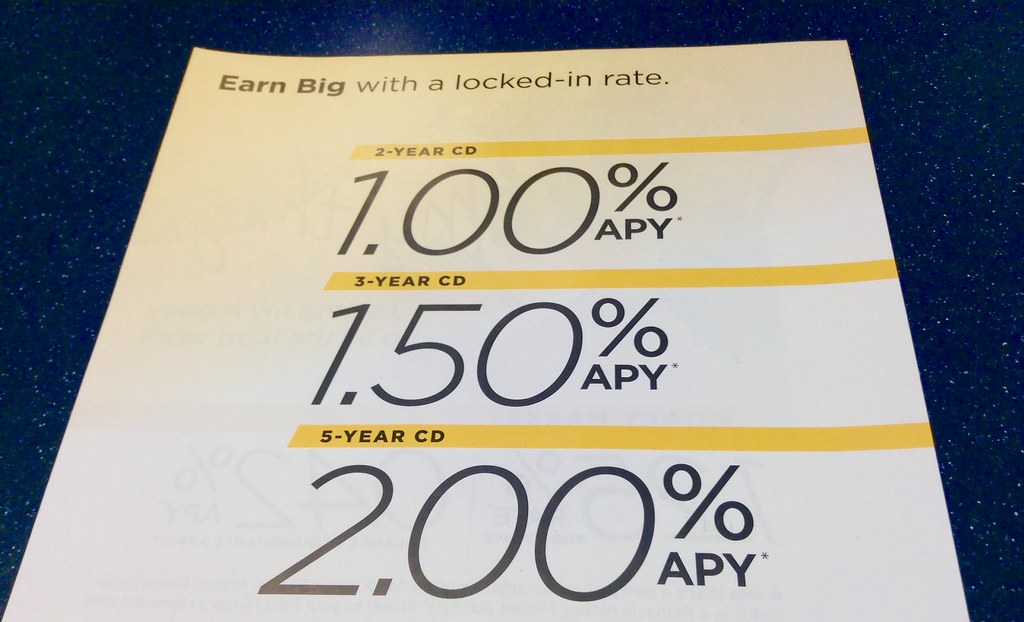Financial analysts, investors, and creditors utilize the interest coverage ratio (ICR) as a pivotal financial metric to assess not only a company’s creditworthiness but also its stability. This ratio quantifies: with its earnings before interest and taxes (EBIT), how many times can the entity cover its outstanding debt’s interest expenses? A higher ICR: this indicates a company’s superior ability to service its debt obligations. Indeed, it reflects the financial robustness and stability of the organization.

To calculate the ICR, one divides a company’s EBIT by its interest expenses. This measure provides an understanding of how well a company can manage its debt obligations. A healthy ratio—generally deemed acceptable—is at least 1.5; such a figure suggests that the company generates sufficient earnings to offset and cover not just current but also future interest costs. It is worth noting, though: each industry and individual firm may have differing ideal ICR benchmarks, thus introducing variability into these evaluations. Moreover, it should be noted that an unusually low ICR does not automatically indicate financial distress for a given corporation; this further underscores the complexity inherent within such assessments—a factor often overlooked in general discussions about business health and stability.
Key Takeaways
- The interest coverage ratio (ICR) is a financial metric used to measure a company’s ability to pay its interest expenses on outstanding debt.
- The ICR is calculated by dividing a company’s EBIT by its interest expenses.
- A higher ICR indicates that a company is better able to service its debt obligations.
Definition of Interest Coverage Ratio
Concept and Calculation
Interest Coverage Ratio (ICR) is a financial metric that measures a company’s ability to pay interest expenses on its outstanding debt. It is calculated by dividing the earnings before interest and taxes (EBIT) by the interest expense. The formula for ICR is as follows:
ICR = EBIT / Interest Expense
A company with a higher ICR is considered to be less risky because it has a better ability to cover its interest expenses. Conversely, a lower ICR indicates that the company may have difficulty making its interest payments and may be at a higher risk of defaulting on its debt.
Importance and Usage
ICR is a valuable measure for investors and lenders. Investors look at ICR to assess how well a company can make profits and give out dividends. A greater ICR shows that the business is making sufficient profits to pay for its interest costs, which is a good sign for those who invest.
Creditors, however, apply ICR when they need to evaluate how creditworthy a business is. When the ICR is higher, it means that the business can manage its debt well, and so there is less risk for creditors when giving loans to this company. Consequently, businesses that have higher interest coverage ratios might succeed in securing more favorable loan conditions and reduced rates of interest.
To summarize, ICR stands as an essential financial indicator assessing how well a company can handle its interest costs. Investors and lenders find it valuable for evaluating the firm’s fiscal stability and reliability in repaying debts.
Analyzing Interest Coverage Ratio

Interpreting the Results
The interest coverage ratio, or ICR, is a measure in finance that helps us know if a company can pay the interest on its debt. If the ICR is high, it means the company should be able to handle its debt payments well. If it’s low, there could be problems with paying back what they owe.
When looking at a business’s Interest Coverage Ratio, one must take into account the sector it is part of. For instance, industries that require more capital, like utilities and telecommunications, often carry more debt and have smaller ICRs when compared to sectors that need less capital investment, such as software and services.
To see if a business is doing well or not so well, we should look at its ICR and check it against the average for that kind of industry. When the ICR of this business is much less than what’s normal in the industry, it could mean they have too many debts, which might lead to problems paying back what they owe.
Comparative Analysis Across Industries
When we look at ICRs in different sectors, it’s vital to think about the type of sector and the usual amounts of debt for that sector. For instance, a firm in utilities might show a lower ICR than one in software, but this doesn’t automatically suggest that the utility company is doing badly.
When you look at ICRs in different sectors, it’s essential to think about the state of the economy too. In times of economic downturn, businesses in all fields might see their ICRs go down because they earn less money and have to pay more interest.
To sum up, when we look at a company’s interest coverage ratio, we must think about the business sector it is part of and compare its ratio to the average for the sector. When examining different sectors, one should remember what kind of industry it is and what’s happening in the economy.
Factors Affecting Interest Coverage Ratio

Economic Conditions
Interest coverage ratio shows how well a company can handle its debt interest payments. This number changes with the economy’s state. When the economy is good, we usually see higher interest rates. This situation makes businesses spend more money on their interest costs. It can make it harder for a business to manage their ratio of interest coverage if they already have a lot of debt.
However, if the economy is not strong, interest rates are usually reduced. This situation can make a company’s interest coverage ratio better because it has to pay less money for interest and therefore has more cash on hand to manage its different expenses.
Company’s Debt Structure
A significant element that impacts the interest coverage ratio is how a company organizes its debt. Should the firm carry a considerable amount of debt compared to what it earns, covering interest costs might become challenging, resulting in a reduced interest coverage ratio. On the other side, if a business carries small amounts of debt compared to what it earns, it might show a larger ratio for covering its interest costs. This can look more appealing to people who want to invest money.
Besides how much debt a company has, the kind of debt matters too for its interest coverage ratio. For instance, if there’s lots of debt at changing interest rates in the business, it could be more sensitive to rate shifts, and this can influence its ability to cover interest expenses. On the other hand, if a business carries much debt at constant interest rates, it could be more steady and possess a greater ratio for covering its interest costs.
Overall, the health of the economy and how a business organizes its debt are important elements influencing its ability to pay interest costs. Businesses that handle their debts well and keep a good ratio for covering interest tend to have more success over time.
Improving Interest Coverage Ratio

Debt Management Strategies
To make ICR better, you could handle debt in a smarter way. This might be done by getting new terms for the debt with less interest to pay, making the time to repay longer, or cutting down on how much debt there is overall. When a company changes its debt to a lower interest rate, it can pay less in interest costs. Making the time to repay the debt longer can also decrease how much of the main money they need to pay back soon. Businesses might use the extra cash they have to pay off their debts earlier and thus cut down on how much total debt there is.
Operational Efficiency Improvements
To make ICR better, one can work on making operations more efficient. This might involve cutting down on expenses or finding ways to earn more money. Businesses may lower expenses by adopting strategies to cut costs, like decreasing the number of employees or discussing new terms with their providers. To raise profits, they could enhance the quality of their products, enter different markets, or boost promotional activities.
To sum up, to make ICR better, one can use different ways of managing debt and making the work done in the company more efficient. If a company handles its debt well and works more effectively, their ICR will get better, and they will lower their chances of not being able to pay back what they owe.
Your Questions Answered
What determines a strong interest coverage ratio?
A high interest coverage ratio shows that a company makes sufficient earnings to pay for its interest costs. A ratio of 2 or more is often seen as good, showing the company earns double the amount it needs to cover interest payments. The best level for an interest coverage ratio can change depending on the type of industry and the specific business, so a ratio that is good for one company might not be as good for another.
How is the interest coverage ratio calculated?
To find the interest coverage ratio, divide the earnings of a company before paying for interest and taxes by what it has to pay as interest. The formula is:
Interest Coverage Ratio = EBIT / Interest Expenses
If a business makes $500,000 before interest and taxes and has to pay $100,000 for interest, then the ratio of how many times it can cover its interest with earnings is 5 because you divide earnings by the interest cost. So this business earns five times more than what it must spend on paying interest.
What implications does a negative interest coverage ratio have for a business?
A company with a negative interest coverage ratio is not making enough money to pay the costs of its interests. This could show that there’s a risk that the company won’t be able to meet its debt payments. Banks and people who put money into businesses might see a negative interest coverage ratio as a warning sign, so they could be more hesitant to give loans or put their money into the business.
In what ways can a company improve its interest coverage ratio?
A business can make its interest coverage ratio better by raising its profits or lowering the costs of its interest. This is possible by doing things like selling more, cutting down expenses, getting a new debt agreement with less interest cost, or making payment agreements with suppliers that are more favorable.
Does the interest coverage ratio serve as an indicator of liquidity?
No, the interest coverage ratio is not a sign of liquidity. Liquidity means how well a company can pay its short-term debts, but the interest coverage ratio looks at how well a company can pay its interest costs with what it earns. Nonetheless, if a company shows a low ratio of interest coverage, it might suggest that the business is facing the danger of not being able to pay its debt. This could have an impact on how easily it can convert assets into cash.

